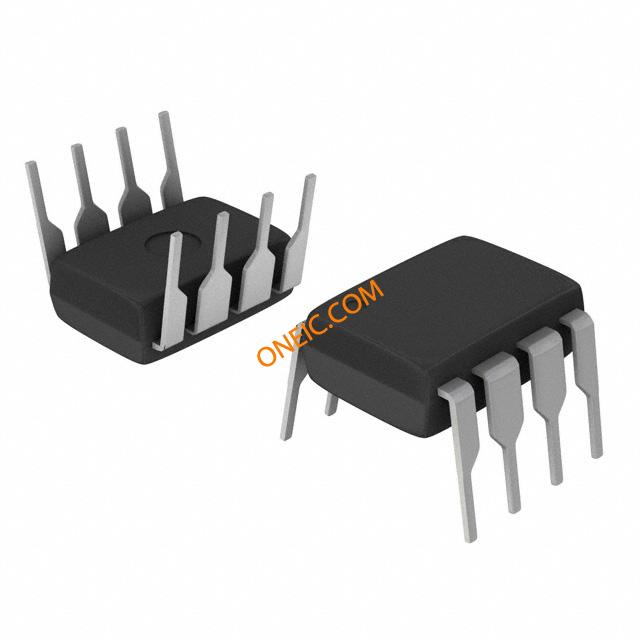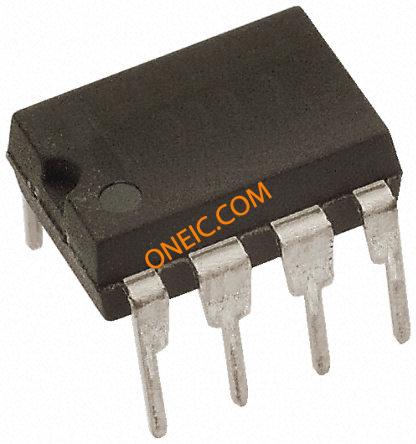NE555N
General-purpose single timer IC in 8-pin DIP format
Manufacturer: ['harris-semiconductor', 'ti', 'stm', 'freescale', 'misc', 'sgs-thomson', 'onsemi', 'fairchild', 'rochester']
series introduction
# NE555N Product Series Introduction
## 1. Overview
The NE555N is a highly versatile and widely used integrated circuit (IC) that belongs to the 555 timer family. It was first introduced in the 1970s and has since become one of the most popular and enduring ICs in the electronics industry. The "NE" in the part number typically indicates the manufacturer or a specific product line, and the "555" is the core timer circuit designation, while the "N" often denotes a standard plastic dual - in - line package (DIP).
## 2. Physical Characteristics
### Package
The NE555N is commonly available in an 8 - pin DIP package. This package is well - suited for breadboarding, prototyping, and through - hole printed circuit board (PCB) designs. The pins are arranged in a standard configuration, which makes it easy to interface with other components in a circuit. The package dimensions are standardized, allowing for easy integration into various electronic enclosures.
### Electrical Ratings
- **Supply Voltage**: It can operate over a wide range of supply voltages, typically from 4.5V to 16V for the NE555N. This wide voltage range makes it compatible with a variety of power sources, including batteries and regulated power supplies.
- **Output Current**: The output of the NE555N can source and sink a relatively large amount of current. It can typically source up to 200mA and sink up to 200mA, which is sufficient to drive many types of loads directly, such as LEDs, relays, and small motors.
## 3. Functional Modes
### Monostable Mode
- **Principle**: In monostable mode, the NE555N acts as a one - shot timer. When a trigger pulse is applied to the trigger input (pin 2), the output (pin 3) goes high for a period of time determined by an external resistor (R) and capacitor (C) connected to the timing pins (pins 6 and 7). The time duration (t) of the high output is given by the formula \(t = 1.1RC\).
- **Applications**: This mode is commonly used in applications such as pulse stretching, debouncing switches, and generating single - pulse signals for triggering other circuits. For example, in a switch - based system, the monostable mode can be used to convert a short - duration switch closure into a longer, more stable pulse.
### Astable Mode
- **Principle**: In astable mode, the NE555N functions as an oscillator, generating a continuous train of rectangular pulses. The output alternates between high and low states, and the frequency and duty cycle of the pulses are determined by two external resistors (\(R_1\) and \(R_2\)) and a capacitor (C). The frequency (f) of the output pulses is given by the formula \(f=\frac{1.44}{(R_1 + 2R_2)C}\), and the duty cycle (\(D\)) is given by \(D=\frac{R_1+R_2}{R_1 + 2R_2}\).
- **Applications**: Astable mode is widely used in applications such as LED flashers, tone generators, and clock signal generation. For instance, in a simple LED flasher circuit, the NE555N in astable mode can be used to control the blinking rate of an LED.
### Bistable Mode
- **Principle**: In bistable mode, also known as the flip - flop mode, the output of the NE555N can be set or reset by applying appropriate trigger signals to the set (
Images for reference

8-DIP

Image Preview

Image Preview